The role of World Coffee Champion Sasa2022 hand Coffee Competition Coffee cool techs Icestone
Professional coffee knowledge exchange more coffee bean information please follow the coffee workshop (Wechat official account cafe_style)
For more boutique coffee beans, please add private Qianjie coffee on Wechat. WeChat account: qjcoffeex
Sasa Sestic, who won the Italian championship at the 2015 World Barista Championships (WBC), actually took part in the hand race.
Not long ago, Sasa, who had not been seen in public for a long time, took part in the 2022 Australian Coffee Brewing Competition with rosy summer coffee beans from the experimental batch of Iris Estate Manor he founded with Jamison Savage, owner of Deborah Manor in Panama in recent years.
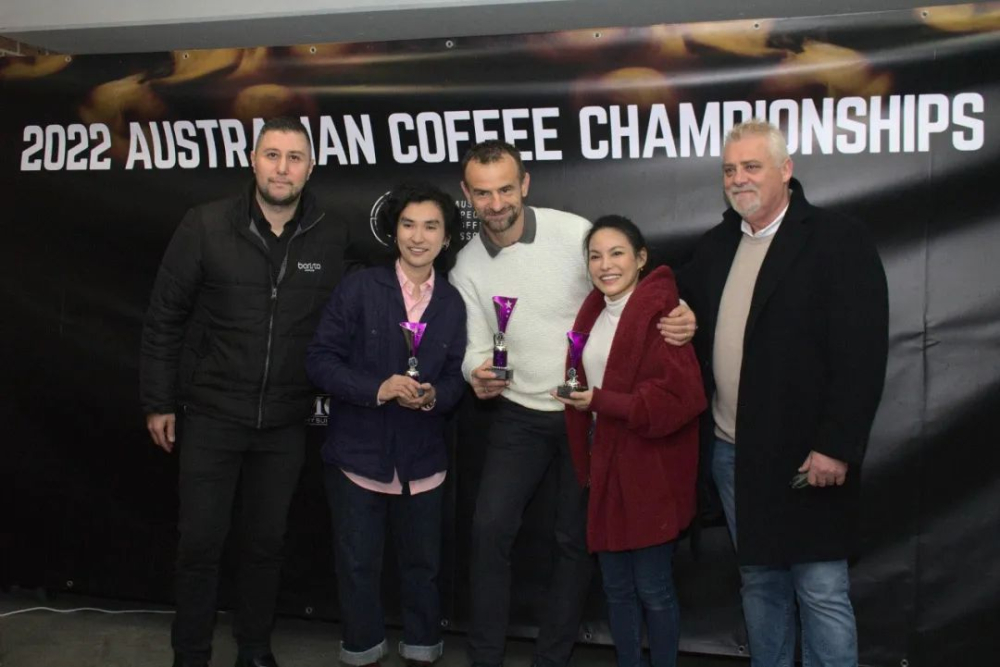
Seven years ago, Sasa focused on CM behind the scenes for seven years after winning the WBC championship with the carbon dioxide impregnation method (hereinafter collectively referred to as CM), which he developed with the owner of the La Nubes Coffee Farm in Colombia.
Once interviewed why Sasa did not continue to participate in the competition, his answer was: "to return to the game, I need a real and honest reason to return."
Since the advent of CM treatment, more and more contestants have chosen anaerobic fermented coffee beans to participate in world-class coffee competitions. At WBC in 2021, more than 80 per cent of contestants used experimental special treatment of coffee beans (with the most anaerobic treatment), while less than 20 per cent used traditional treatment.
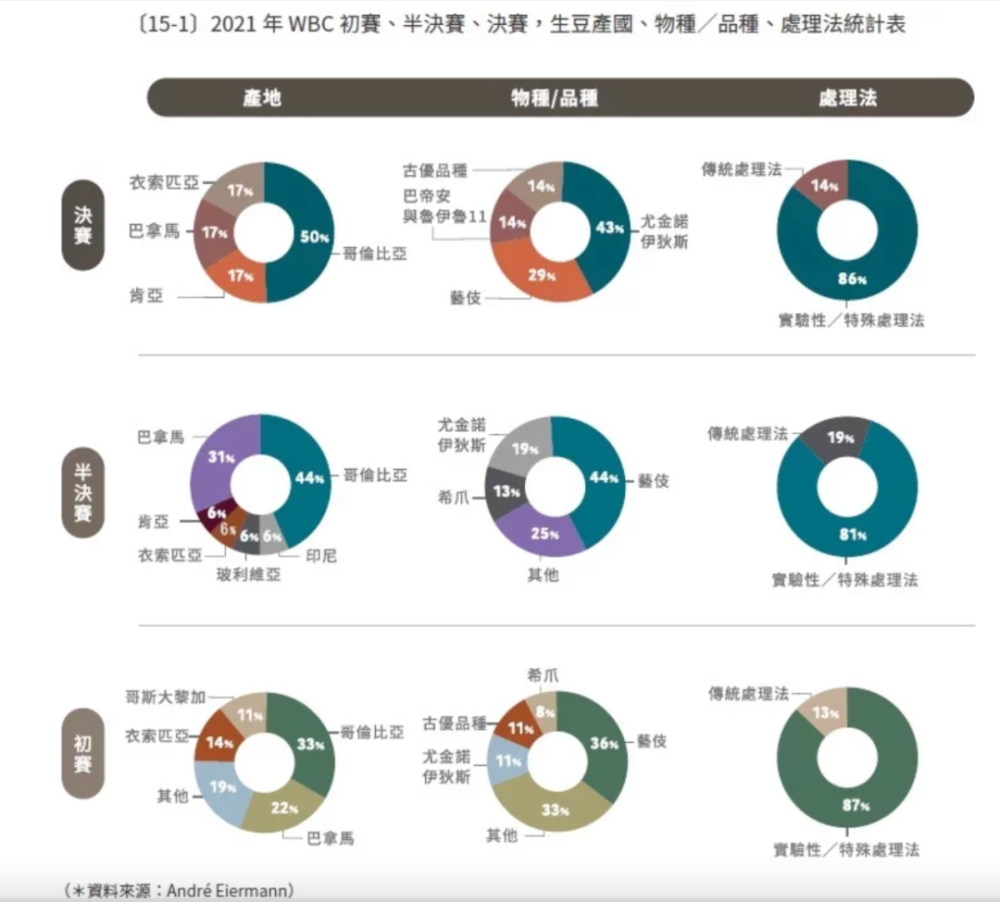
Han Huaizong's fourth Wave of Fine Coffee
In the era of the explosion of anaerobic fermentation, Sasa did not worry, but precipitated for several years to study the volatile compounds in coffee. The greatest charm of CM treatment is to eliminate the aerobic bacteria in the fermentation environment through carbon dioxide injection, so that lactic acid bacteria can dominate the whole fermentation process. But he admits that in some cases, anaerobic fermentation tends to obscure the flavor of the coffee beans themselves.
Therefore, in recent years, he has turned his attention to the local flavor of coffee beans in the producing areas, hoping to understand the process and key of "shaping" the coffee flavor in planting, environment, climate, and even under the shade of trees, and to know the flavor characteristics of each harvested coffee. Then by controlling the fermentation time and ambient temperature of lactic acid bacteria, the flavor characteristics of these producing areas can be shown more clearly after extraction.
So starting in 2017, Sasa and the owner of Deborah Manor began research and planting at an extreme altitude of 1850-2300 meters near a volcano in the province of Chiriki, Panama. Inga trees that produce natural nitrogen are planted around coffee trees as shade, and birds, animals and trees around them form a great ecosystem, "simulating" the rich and colorful environment in the Ethiopian forest.
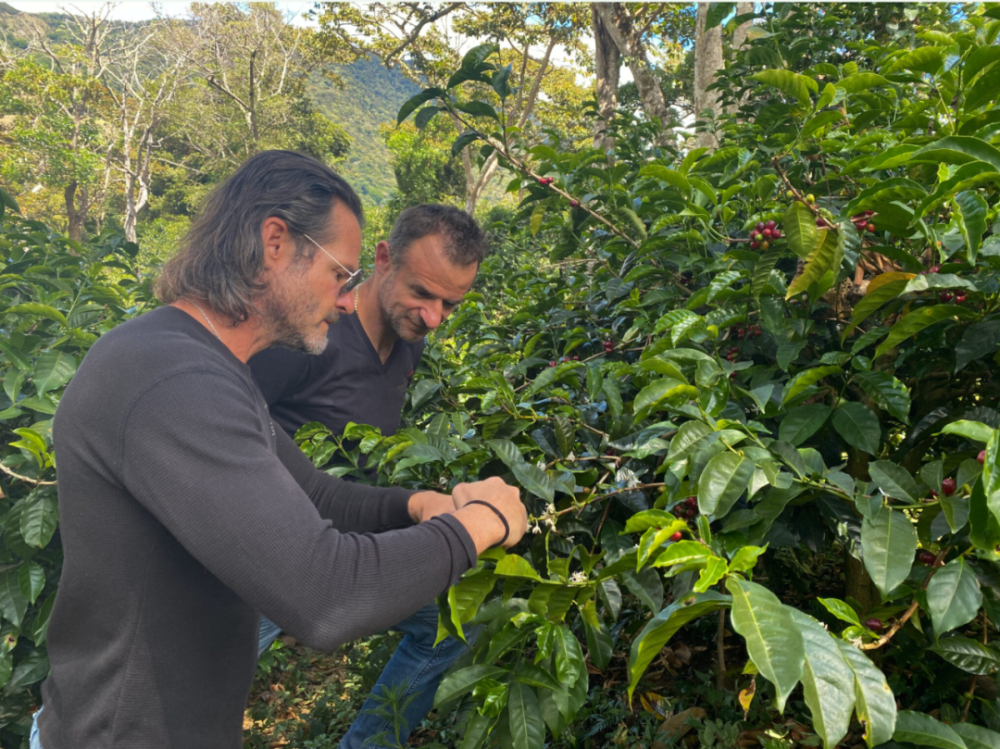
Sasa believes that the coffee "molded" in these environments has a very rich and strong coffee flavor and can be expressed more clearly with the blessing of CM.
After several years of research and efforts, this year Sasa came to the Australian coffee brewing arena with the green top rose summer under the experimental batch of ultra-long carbon dioxide impregnation, with the tailor-made extraction method for this coffee bean, showing the rich and strong sweetness of this coffee bean.
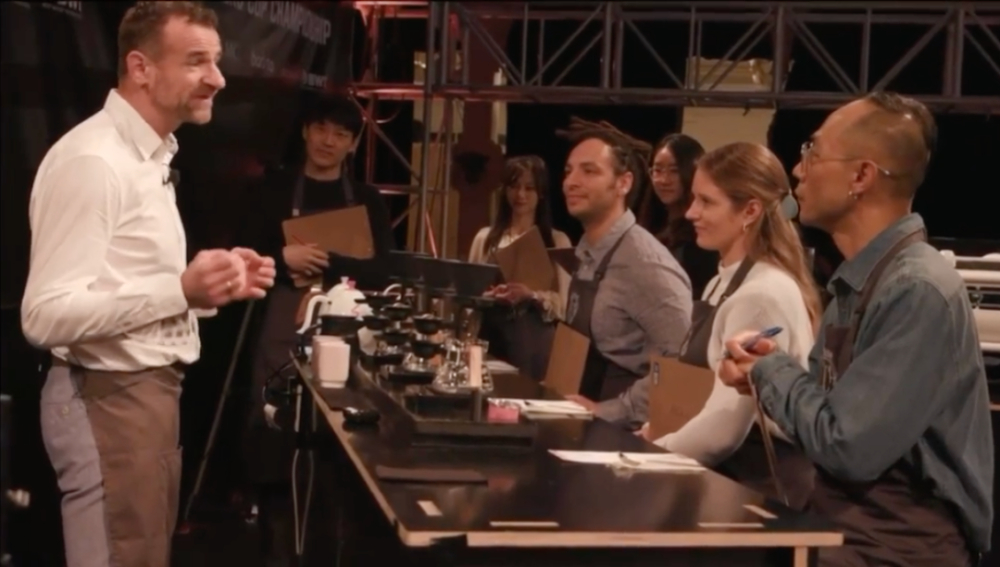
According to Sasa, the experimental micro-batch of green top rose summer is the selection of all-red fruit. After being picked, the fruit will be placed in a stainless steel sealed tank that is not easy to be contaminated with bacteria, and carbon dioxide will be pressurized immediately to make the barrel oxygen-free.
After fermenting at a suitable temperature for a period of time, the temperature in the sealed tank is lowered, so that lactic acid bacteria play a dominant role. Sasa said the batch of coffee beans showed raspberry flavor and candy sweetness as soon as they opened the sealed jar after fermenting at low temperatures for 90 hours.
In order to make the coffee better show itself in the extraction process, Sasa also found a scientist, Professor Jahan, to discuss the scientific principles of the brewing process. First of all, Sasa found that when brewing directly with dry filter paper, a volatile aroma in this coffee will be highlighted, bringing a pleasant sweetness to the aftertaste of the coffee, similar to Turkish fudge.
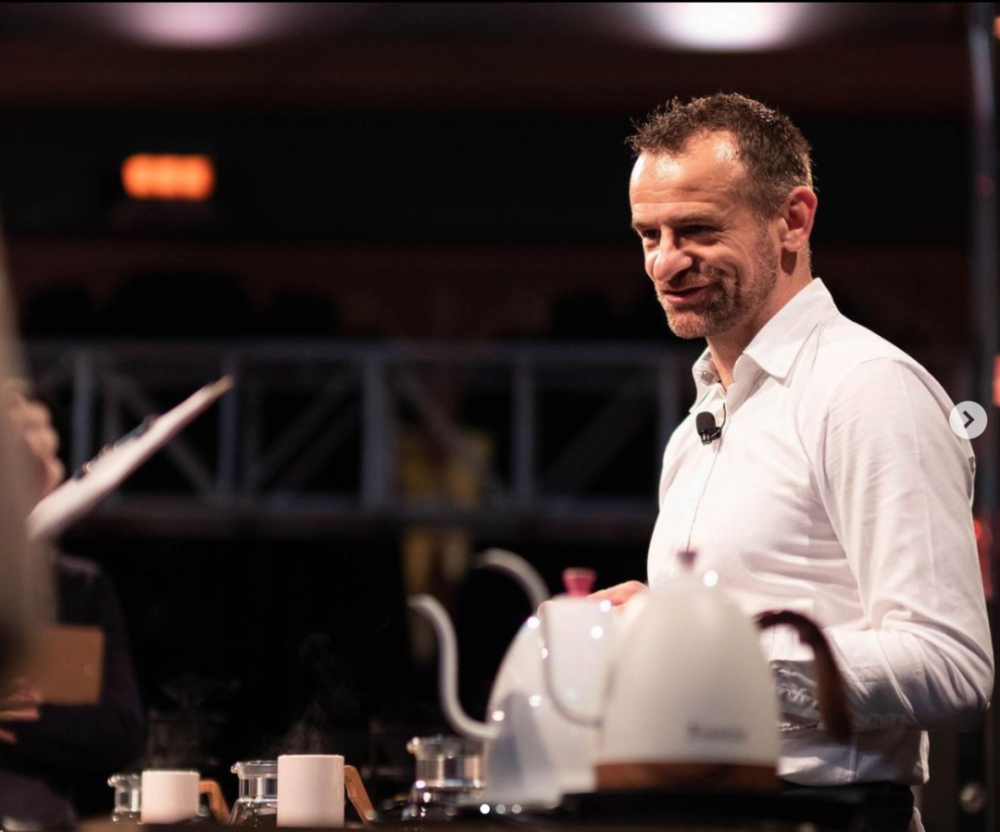
In order to capture more volatile aromas in the brewing process, Sasa also invented a new brewing method-Paragon Coffee Brewing perfect coffee brewing. In the filter cup brought by Sasa, there is a self-invented ice stone in the middle, which is used to lock the aroma of the coffee liquid just extracted.
Sasa first circles the coffee powder poured into the filter cup to make the coffee powder distributed more evenly and the extraction more consistent. In the first stage, all the coffee powder is wet by injecting water around the circle, and then in the second stage, water is injected quickly from the center by pouring water into the center.
In order to be able to bring the fine powder up and sink the thicker particles at the bottom, so that the fine powder at the top has a short contact time with hot water, avoiding the unpleasant bitterness of extraction, and the coarse powder at the bottom can also improve the extraction rate.

The coffee extracted from these two stages will be quickly frozen through ice stones to lock in the volatile aroma of the coffee. According to sasa, the addition of this ice stone can increase the aroma of coffee by up to 40%, allowing the coffee to retain more distinct aromas of rose water, raspberry and hibiscus tea.

Wait! It's not over yet. After the completion of the first two stages of water injection extraction, Sasa removed the ice stone and continued the large flow center water injection to improve the extraction rate for the third stage water injection. The first three stages of water injection used a water temperature of 93 degrees to highlight tartaric acid in coffee.
Then during the fourth stage of water injection, he changed the kettle, lowered the water temperature to 88 degrees, and used Malaysian hot spring water with a silica concentration of 50ppm. Silicon dioxide can extract more candy-like sweetness from coffee.
See here, do you think it's very complicated! Yes, it is really complicated, and it is difficult to reproduce such parameters in daily cooking, and it may not be suitable for other coffee beans.
After the completion of the four stages of brewing, the coffee shows hibiscus tea in the high temperature stage, followed by purple grapes, close to rose champagne; red apples in the medium temperature stage, red malic acid in the low temperature stage, red candy converted from raspberries in the low temperature stage, red malic acid in the final rhyme, and chocolate-wrapped Turkish fudge in the afterrhyme.
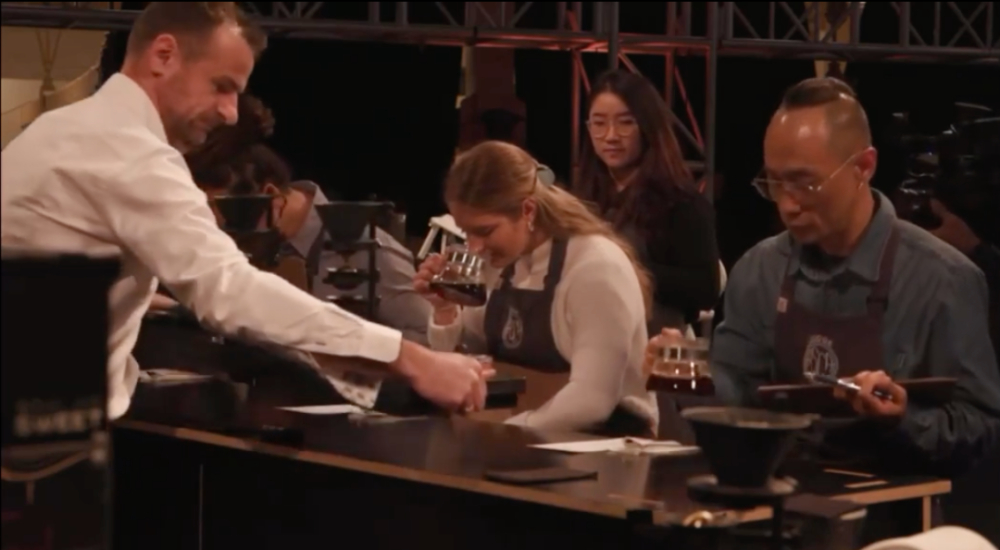
Sasa said before this competition that one of the important reasons for being motivated to participate in this competition is the opportunity to show my (Sasa) motivation and love for coffee making, hoping to share it in front of my family and friends in this competition.
This time, Sasa once again brought us a wonderful performance, but also showed his pursuit and love for the perfect coffee. Although the use of coffee flavor can improve the performance of the treatment, but after all, it is a daily treatment. Like other participating coffee beans, daily handling, daily cup testing, daily competition, so there will be winners and losers in the competition.
This time Sasa won the runner-up in the 2022 Australian Coffee Brewing Competition, and the champion is also a very good Korean barista Harry Ko! Harry ko will also represent Australia in this year's WBC competition. No matter what the outcome of the competition, every contestant standing on the arena is worth learning, learning their dedication, concentration, and dedication to one thing.

As for the ice stones used in this Sasa competition, Sasa also said on ins today that he will share the mystery with you in the coming weeks. After Sasa sharing, the coffee workshop will do follow-up sharing for you.
Photo Source: sasasestic ins Network
Important Notice :
前街咖啡 FrontStreet Coffee has moved to new addredd:
FrontStreet Coffee Address: 315,Donghua East Road,GuangZhou
Tel:020 38364473
- Prev

Go to the coffee shop and ask for free "coffee exchange"?! Ah, this.
Professional coffee knowledge exchange more coffee bean information please follow the coffee workshop (Wechat official account cafe_style) more boutique coffee beans please add private Wechat Qianjie coffee, WeChat: qjcoffeex recently, some coffee shop managers complain that recently many more come to coffee shops to exchange
- Next

Why do so many people use mocha pots? Can you add milk to make coffee in mocha pot?
Recently, many friends have been asking Qianjie, "what coffee beans are suitable for mocha pots?" So Qianjie took a look at the mocha pot sales of the online store, and summed up, the monthly sales of the top 4 mocha pots are 2000 yuan, and the sales of coffee utensils worth more than a few hundred yuan are high. The mocha pot dates back to 1933.
Related
- Being chased out of the rain in front of Starbucks?! Store: Sheltering from rain under umbrellas poses a safety hazard
- The white moonlight has changed?! Lucky launches "Big Winter Pear American"
- Hand-brewed coffee three-stage method, high-sweet and universal brewing method to share! What does the high sweet water level of hand-brewed coffee mean?
- What is the difference between raw, refined and full espresso coffee? How to extract espresso and taste good?
- A complete list of coffee bean names and their meanings! What is Yejia Shefi coffee? Where is Mantelin coffee?
- What grade does Arida Manor Kaduai coffee beans belong to? What treatment is Arida ASD slow anaerobic sun exposure?
- The milk tea cup becomes smaller?! Overlord Tea Girl launches a new "Return to Yunnan" series
- Accused of selling counterfeit and high-priced coffee beans! Well-known boutique coffee brand "Oukelao" bowed and apologized!
- How to make espresso dumplings? Can I eat coffee and glutinous rice balls together?
- Save the unformed and stagnant powder cakes in one second! What is the problem with stagnant water in the powder bowl of the espresso machine?

